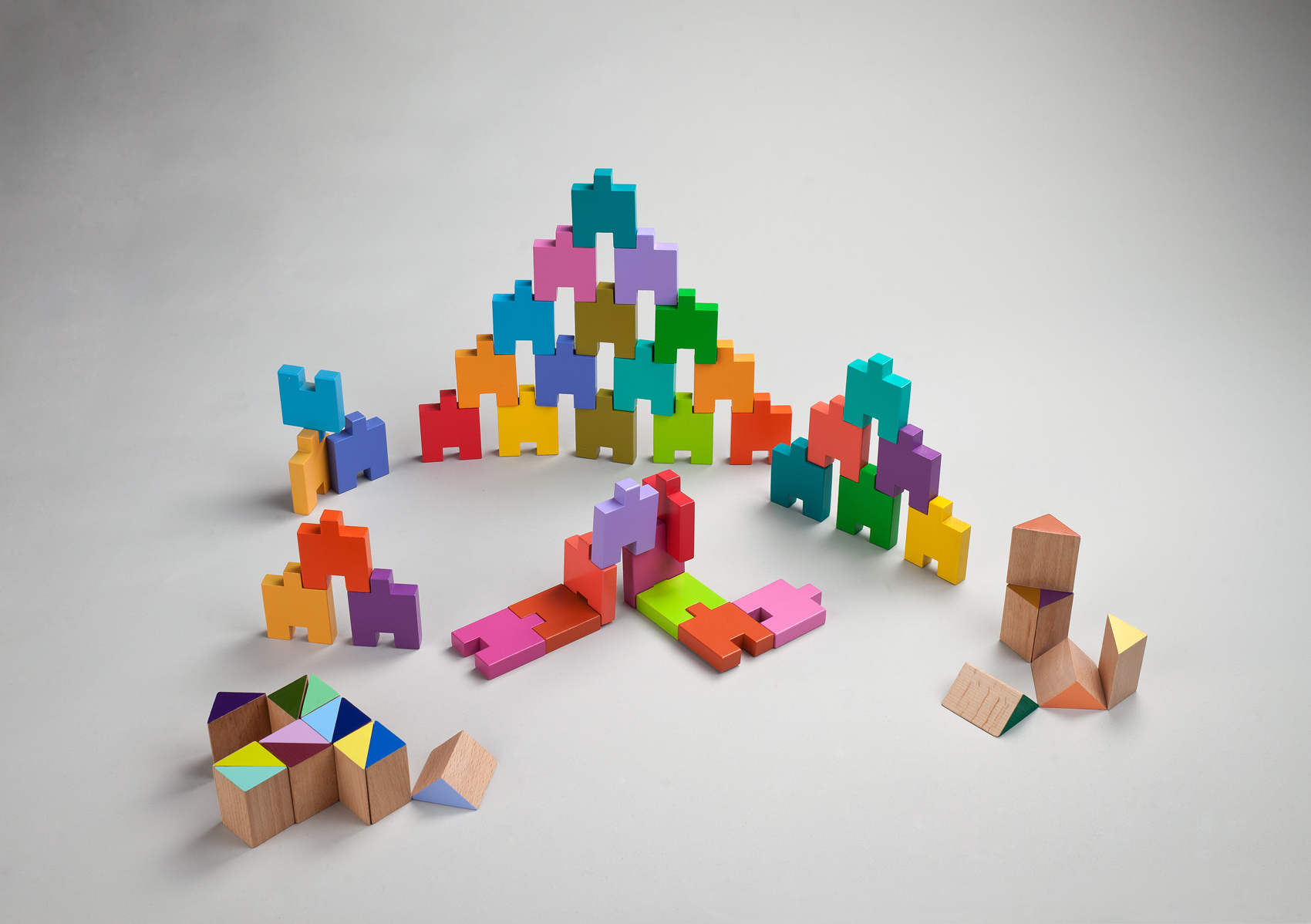Open-ended learning is a process in which individuals’ goals and objectives are defined and achieved individually. This mainly focuses on problem solving skills in real life situations and allows them to research according to their situation. There is always more than one answer to open ended questions based on the perspective of the student/teacher. These learning activities encourage students to think out of the box and see different perspectives on a subject.

How open ended learning can be helpful for educators
A teacher plays a huge role in the development of student curiosity. His attitude to analyzing the assessment and method of teaching encourages students to explore lots of options and respond creatively.
Some of the benefits of open ended learning are as follows:
- Encourage many students to give responses
- Encourage student-to-student interaction patterns
- Allow students to give knowledgeable answers
- Encourage students to question themselves, their classmates, and their teachers
- Encourage more exploration for students
Open ended learning environment and resources
As open ended learning has many benefits it allows the enhancement of the imagination of students and develops critical thinking skills but this all cannot be possible without open ended learning environment and resources.
With proper resources, we enable children to maximize their exploration i.e with the effective use of technology teachers and students get the tools for activities that were out of reach before.
Technology can help education in a variety of ways, it enables students to connect with their teachers in any part of the world. With technology the classrooms can be interactive with timely feedback, teacher’s lessons can be enhanced through videos, and recordings, and students can access learning material at any time. Teachers can have one on one interactions with ed tech apps.

Open Ended Learning Resources
According to many researchers, it has also been stated that EdTech can potentially increase learner motivation, adult/teacher led scaffolding is key to productive learner engagement with technology. Examples of ed-tech involve online content delivery, interactive projection screens, tablets, etc. Their goal is to enhance student outcomes along with individual education and less teacher burden.

buy cheap enclomiphene uk order
buying enclomiphene canada internet
commande kamagra en ligne sans ordonnance
acheter kamagra sans ordonnance requise
ordering androxal usa sales
how to buy androxal generic when available
buying dutasteride generic from canada
comprar dutasteride online
get flexeril cyclobenzaprine france where to buy
flexeril cyclobenzaprine to purchase uk
cheapest buy gabapentin generic is it legal
online order gabapentin purchase online canada
buy fildena generic drug india
ordering fildena cheap alternatives
Buy itraconazole online overseas
comprar itraconazole generico
purchase staxyn buy online canada
how to order staxyn australia no prescription
buy avodart generic when available
buy avodart buy online usa
how to order rifaximin buy online australia
over the counter substitute for rifaximin
ordering xifaxan cost at walmart
cheap xifaxan medication interactions
existuje obecný kamagra
kamagra online konzultace s lékařem online